European conference 36th European Mustelid Colloquium
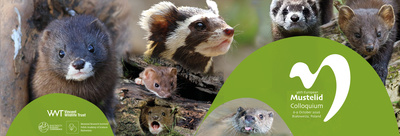
Important dates of the 36th European Mustelid Colloquium
Join us in Poland for the 36th European Mustelid Colloquium
VWT is delighted to be working in partnership with the Mammal Research Institute Polish Academy of Sciences and Białowieża Ecology Conference to plan next year's European Mustelid Colloquium, which will be held in Poland.
Join our Mailing List to receive regular updates about the conference and key dates http://eepurl.com/ga-5z9
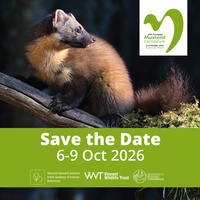
Partnerships
The Mammal Research Institute of the Polish Academy of Sciences (MRI PAS) is one of the most widely recognised scientific institutions in Poland specialising in the biology and ecology of mammals. Established in 1952 by Prof. August Dehnel, the Institute has played an important role in the development of theriology and has advanced wildlife conservation and the sustainable management of mammal populations.
MRI PAS has made significant contributions to knowledge in ecology, physiology, morphology, and evolution of mammals with its long tradition of research on carnivores, including mustelids. Particularly important studies concerned factors influencing population dynamics, interspecies interactions and competition, or adaptation to changing environmental conditions of native and invasive mustelid species. These achievements have established the Institute as an important scientific centre in this field.
Situated in the unique environment of the Białowieża Forest — one of the best-preserved temperate forests in Europe — the Institute provides a stimulating scientific environment and an exceptional natural setting, which serves as an invaluable resource for understanding the functioning of natural ecosystems.

The Mammal Research Institute is located in Białowieża, eastern Poland, 250km east of Warsaw, in the central part of the last natural European lowland forest – Białowieża Primeval Forest.
Białowieża village is nestled within the pristine wilderness of the Białowieża Forest, that contains the best-preserved fragment of European lowland temperate forest. Located in eastern Poland in the Podlaskie region, near the border with Belarus, this idyllic village, is renowned for its architecture, authenticity and rich biodiversity. The forest is a UNESCO natural heritage site and supports 59 mammal species, more than 250 bird species, 20 amphibian and reptile species and over 12,000 invertebrate species. The European bison is the iconic symbol of the forest, and Białowieża supports the last remaining wild population.
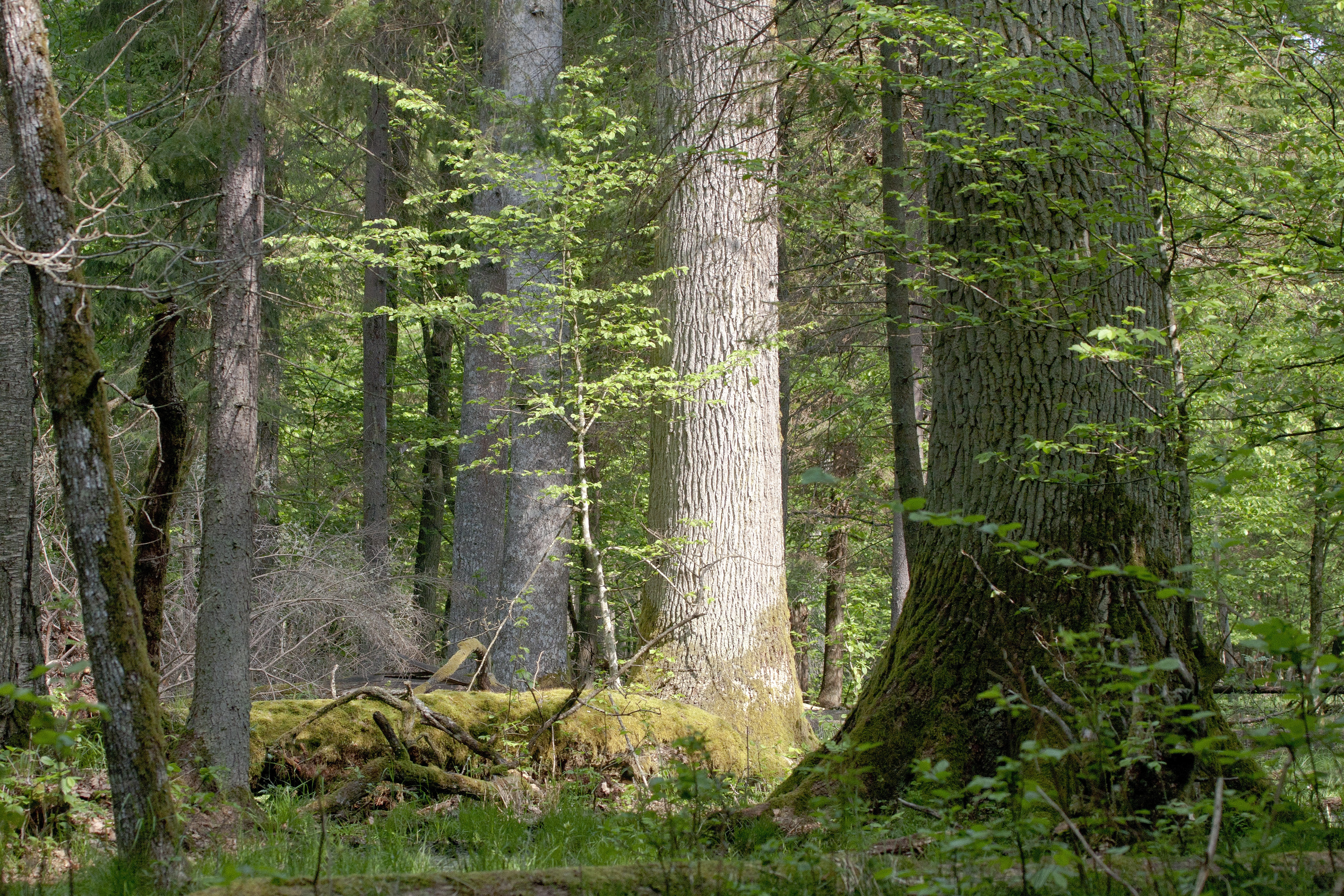
Photo: Białowieża Forest ©Karol Zub
Photo: Weasel in Białowieża Forest ©Karol Zub
Along with its conference facilities, the Mammal Research Institute holds an extensive scientific collection of mammals containing nearly 190,000 specimens, including 1,150 bison skulls. These items are made available to scientific institutions in Poland and abroad for research-related purposes and are used in educational activities.
Mammal Research Institute website
Traveling to the Mammal Research Institute
Please watch this space for information about travel to the Mammal Research Institute.
Accommodation
Please watch this space for information about nearby accommodation.
We are planning to open registration at the beginning of 2026.
Information about how to register and registration fees will follow soon.
Due to limits on the venue capacity, we are restricted to 120 delegates attending.
Stay up to date with when registration opens by following us on social media.
Please watch this space for booking tickets and the different available rates, including Early Bird and Student rates.
We are delighted to be able to offer a guided visit to Białowieża National Park as part of the colloquium.
Białowieża National Park protects the best preserved fragment of Białowieża Forest – last natural forest at the European Lowland Area, having the primaeval character, identical with the one which covered the area of deciduous and coniferous forests years ago.
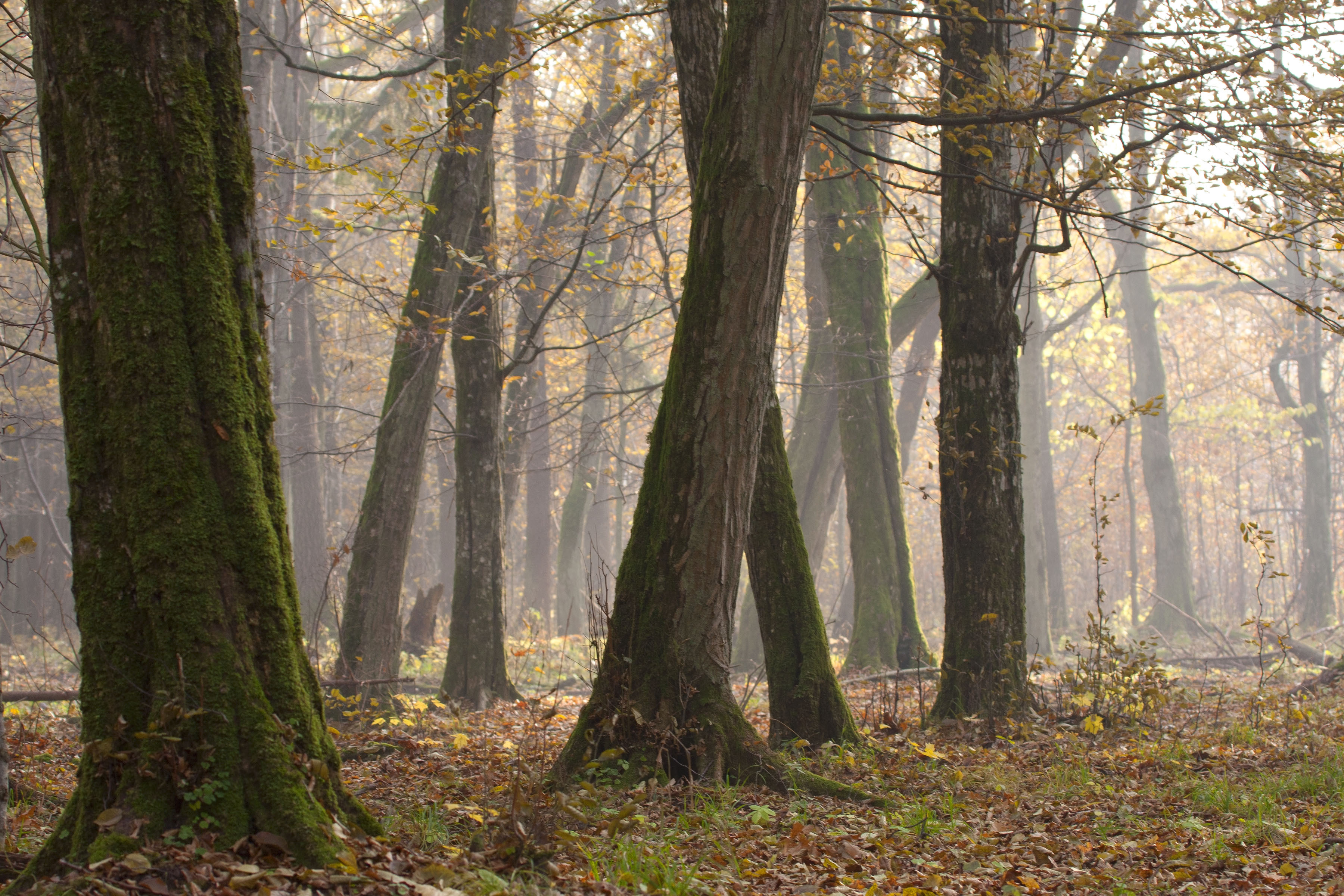
Białowieża Forest ©Karol Zub
The characteristic feature of the park is its biological diversity. The Park comprises, inter alia, 809 vascular plants species, over 3 thousand cryptogams and fungi species, almost 200 moss species and 283 lichen species. There have been more than 8,000 invertebrates species, approximately 120 species of breeding birds and 52 mammal species. Old, primaeval forest stands in Białowieża National Park are characterized by large amounts of deadwood at the various stage of disintegration, and by the presence of typical natural forest species.
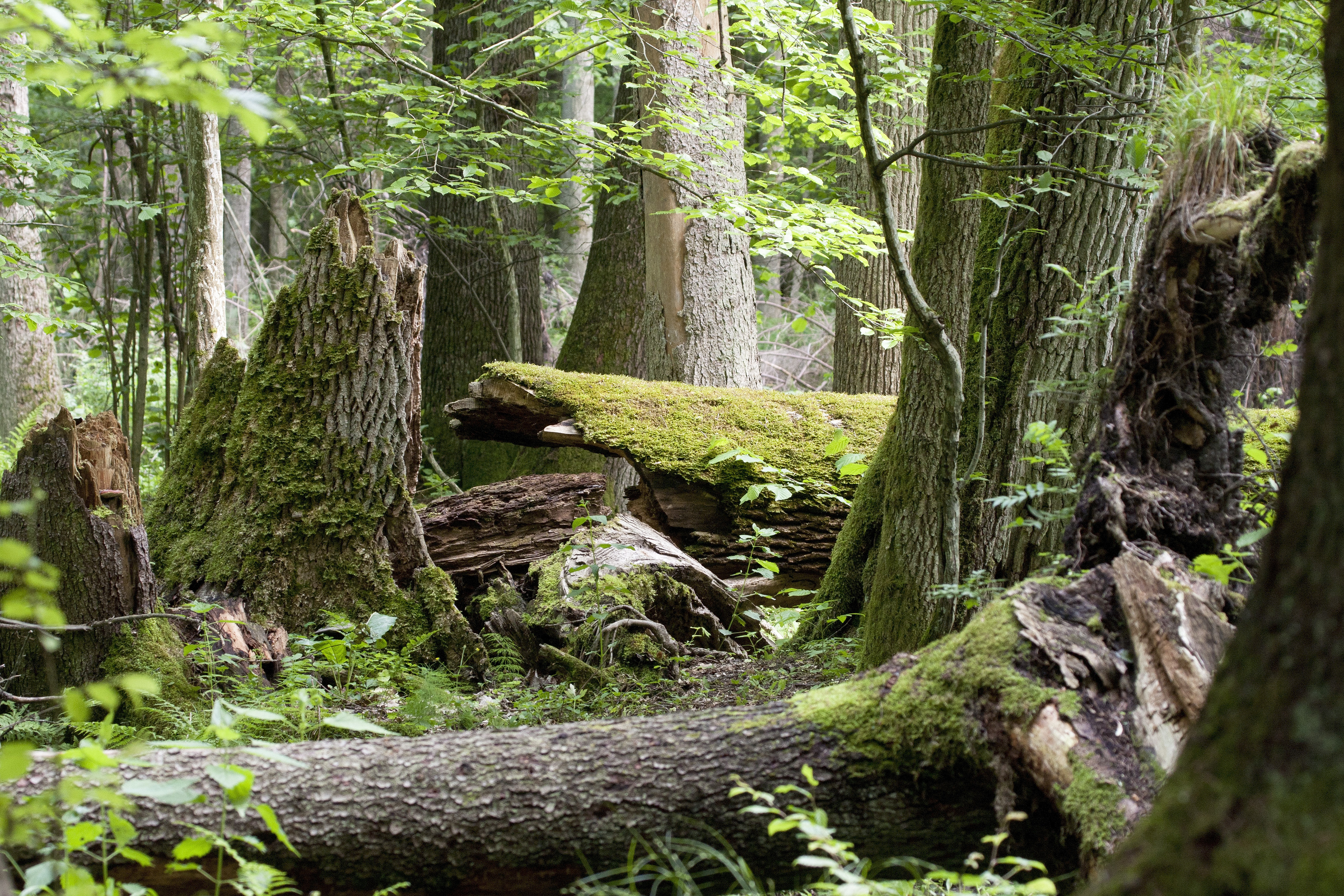
Białowieża Forest ©Karol Zub
Among the birds to be fund in the park one can identify e.g.: Eurasian pygmy-owl, three-toed and white-backed woodpecker; the beetles – black fir sawyer, Osmoderma eremita, Pytho kolwensis; and the butterflies – Aglia Tau, moorland clouded yellow. In such an environment, the role of natural resources extends beyond biodiversity and into human health.
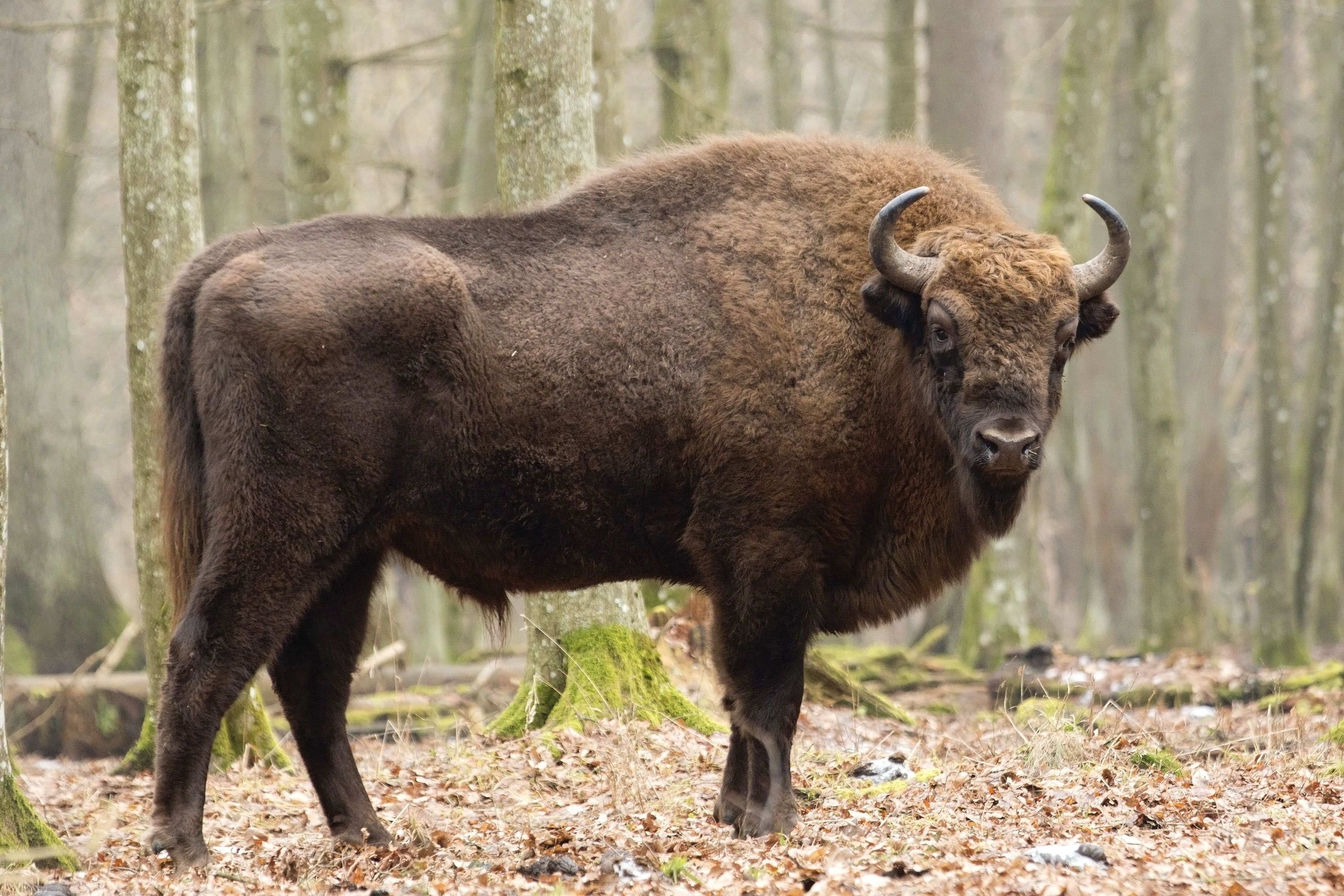
Bison in Białowieża Forest ©Karol Zub
Abstract submission is open from 1 January – 31 March 2026.
To submit your abstract to the 36th European Mustelid Colloquium 2026, please use this abstract template and send it to enquiries@vwt.org.uk with the email subject ‘Abstract submission — European Mustelid Colloquium’ .
All submissions will be reviewed by the EMC Science Committee.
Applicants will be notified of the outcome in July 2026 (exact date TBC).
Download the Book of Abstracts from the 35th European Mustelid Colloquium held in Romania in 2024.
